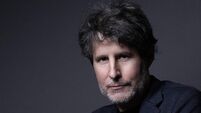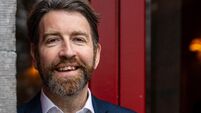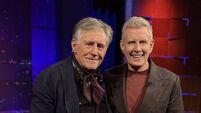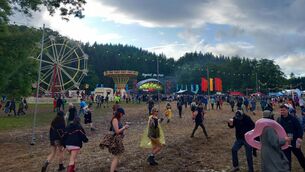Book review: A tour through Ireland’s complex pop culture history
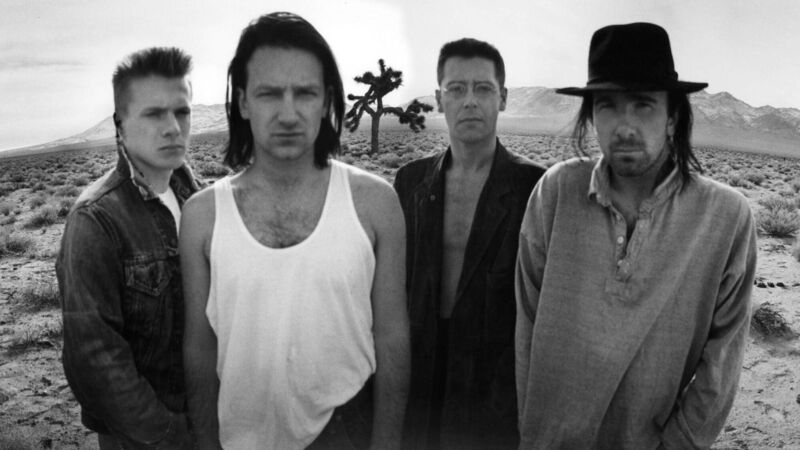
U2 in a photoshoot for ‘The Joshua Tree’ album; in the wake of that ground-shifting album released in 1987, a confident, outward-facing European capital emerged.
- Tax, Drugs and Rock ’n’ Roll: The decade that went whoosh! Brits, hits and Ireland’s cultural revolution
- Damian Corless
- Mirror Books, €18
The role of popular culture in the development of Irish society has long been an attractive seam to researchers and writers and a fine body of recent work has been mined from this space.
Much of which — by social historians, musicologists, political observers, and journalists — is rooted in the influence, at home and abroad, of a rock band: U2.
The band’s formidable shadow extends across this book too, as does that of another influential northsider who, like U2, consistently divided public opinion: Charles Haughey.
And it is on that head-on smash — where the familiarity of the old meets the shock of the new — that Corless bases a breezy thesis on the transformation of independent Ireland.
What he refers to as a ‘Cultural civil war that had reached its most belligerent in the middle years of the 1980s’.
An experienced storyteller with an aversion to puff, Corless is at his most convincing when he reports directly from the frontlines.
A would-be musician turned music writer and journalist, he’s a compelling and credible witness to the drastic re-shaping of his home city.
In the wake of , the ground-shifting album released by U2 in 1987, a confident, outward-facing European capital emerges here.
One of the more curious aspects of Ireland’s transition from an insular society to a more broad-minded one was the temporary lay-over around the country — for the purpose of tax avoidance — of several high-profile British musicians and writers.
Many of them became fixtures on Dublin’s developing social circuit and constants within what became an alternative golden circle of elites.
As a writer at and magazines, Corless saw this carry-on from a box seat, and he’s on very sure ground in the re-telling of that story here.
He’s strong too on the much-documented showband era in modern Irish history, which was at its peak following the launch of Teilifís Éireann in 1962 and where he eschews, to his credit, the fog of nostalgia that has long distorted any critical analysis of a pivotal spoke in the development of Irish youth culture.
Using Derek Dean’s unfiltered memoir, , as a starting point, he doesn’t stand on ceremony: the showband years were dominated by sharp practice, serial exploitation and abuse, and left many victims in their wake.
Corless also connects the line between the showband circuit and Louis Walsh, a former gofer turned impresario and manager who, through his involvement with Ireland’s pop music royalty, has achieved international renown of his own.
But the book places Walsh alongside not Brian Epstein, Tom Watkins, or the great international industry shapers but, rather, the salesmen who ran the affairs of Ireland’s leading showbands.
In drawing that parallel, Corless rightly claims Walsh’s charges — Boyzone and Westlife — to be Ireland’s most successful ever showbands.
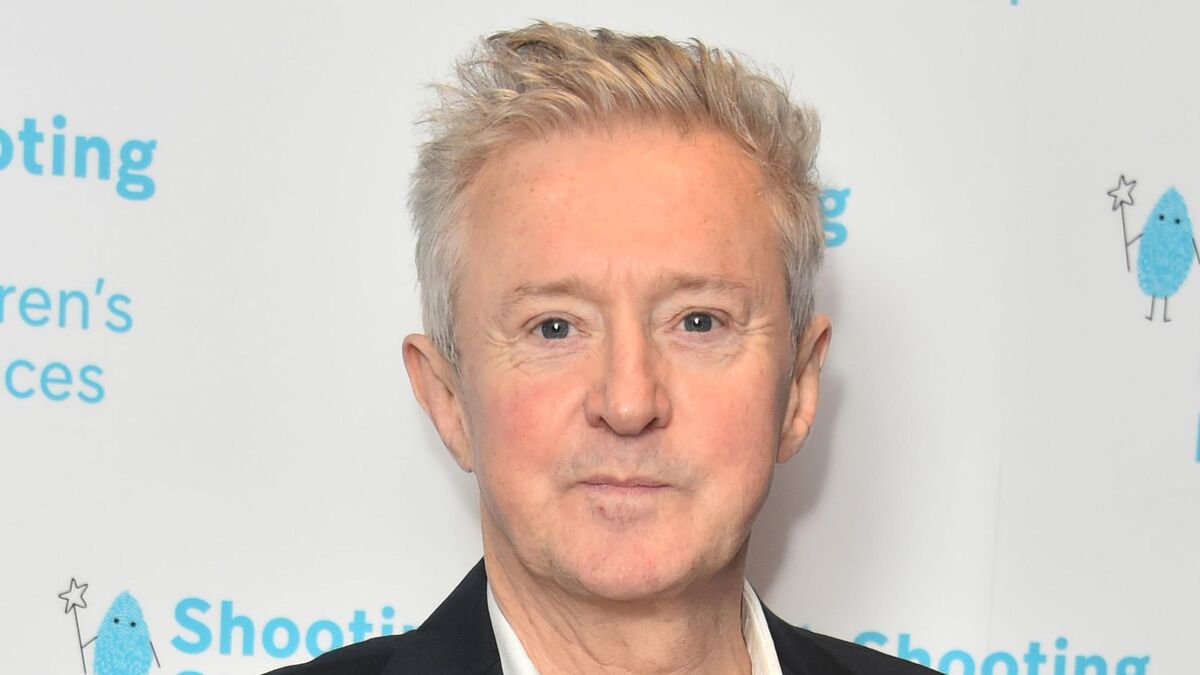
Sharp practice wasn’t exclusive to the Irish showband circuit, of course, and looms large in the broader popular culture narrative.
Its in the personal nest-feathering of disgraced Fianna Fáilers like Haughey and Ray Burke, in the devilish detail of development and city planning policy, and even in the colourful history of Irish broadcast media, from which the pirate radio wars during the 1970s and '80s provide Corless with rich pickings.
Chris Cary was a loud-mouthed, British-born opportunist who moved to Ireland and eventually led the country’s most successful illicit broadcast operation, Radio Nova. He was later convicted of fraud.
Eamon Cooke, a convicted paedophile, ran a rival pirate network, Radio Dublin, and within that battleground, rutted aggressively with his competitors.
Corless re-produces one quote from him here that captures not only Cooke’s moral bankruptcy but betrays too a long-held disdain — by Cooke and many others — for those regarded as outsiders, and of having less value.
‘Chris Cary treats the Irish like I’d treat the blacks’, Cooke once claimed.
Indeed, Corless does well to remind us — particularly in his chapter about Jack Charlton’s arrival into Irish public life in 1986 — that the debate around what and who constitutes Ireland and Irish didn’t simply emerge with the growth of an inter-cultural society here.
And that arson, and the ‘burning out’ of those deemed to be unwelcome in Ireland was a tool used long before the recent emergence of extreme nationalists and dog-whistlers.
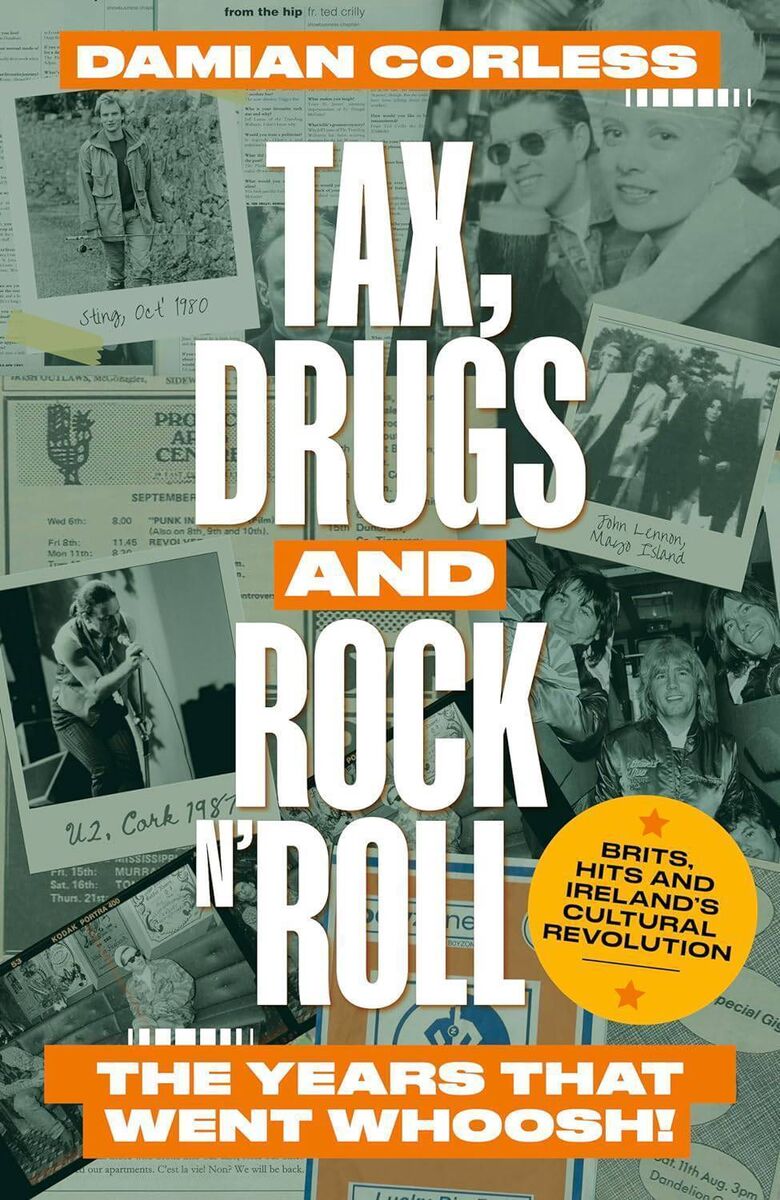
A fear of external cultural influence has occupied Irish minds since the foundation of the state and has boiled over publicly at various intervals in the 100 years since.
Seen in the church-led response to the first flushes of popular music and dancing in the 1920s, a similar hysteria was whipped up by some of the residents in Westport in the 1960s after the arrival of a commune of hapless hippies onto Dornish Island.
It features prominently too in the recounting of an appalling event in County Clare in 1956 in which two Jehovah’s Witnesses were assaulted by a mob and then later humiliated in the courts.
Determined by residents, including clergy, to be a threat to the spiritual wellbeing of the parish, Henry Bond and Stephen Miller ‘were given a good beating and told to get out and never set foot in Clonlara again’.
But although Dublin was certainly at the heart of cultural expansion in Ireland from 1923 to 1995, it wasn’t as if the rest of the country remained static and stood idly by. So, it’s a pity that ‘Tax, Drugs and Rock ‘n’ Roll’ is so Dublin-centric in its focus.
The impact of third level institutions and the role of full-time entertainments officers in Irish universities from the mid-1970s — especially in Galway — is worthy of a treatise of its own.
And what of arts hubs, music collectives and theatre groups that sprung up outside of Dublin at a time when it was neither profitable or fashionable?
Likewise, the numerous theatre, film and music festivals that took root around Ireland in the mid-1950s?
The Fleadh Cheóil that took place in Mullingar in 1963, for example, attracted 80,000 visitors to the town and has been described by the historian, Mary Daly, as ‘Three days of music, bohemian lifestyle and often sex’.
Naturally enough, it convulsed the hierarchy, locals and the political establishment.
But these are moot points. Because ultimately, Corless does important work by just reminding us — sometimes subtly, often at full force — that the cultural history of Ireland is as complicated as the country’s political one. And that often, they both reflect each other.
BOOKS & MORE
Check out our Books Hub where you will find the latest news, reviews, features, opinions and analysis on all things books from the Irish Examiner's team of specialist writers, columnists and contributors.

